Singapore Air Show / Singapore
Air pressure
Every two years, the Singapore Air Show draws air force commanders from around the world keen to check out the latest hardware. But as weaponry technology moves ever faster, what to order
At this year’s Singapore Air Show confidence remained fragile after the financial crisis. Even in defence, a business usually armour-plated against economic flak, few headline deals were signed.
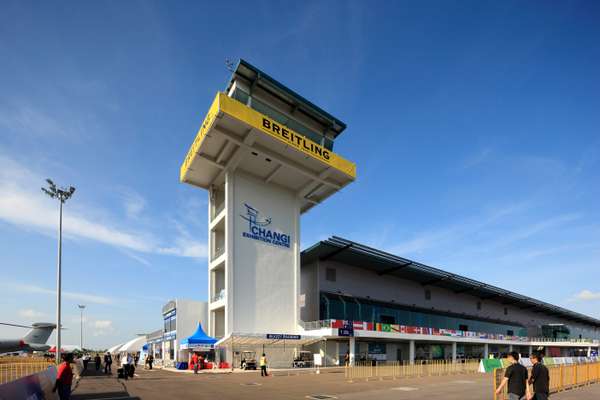
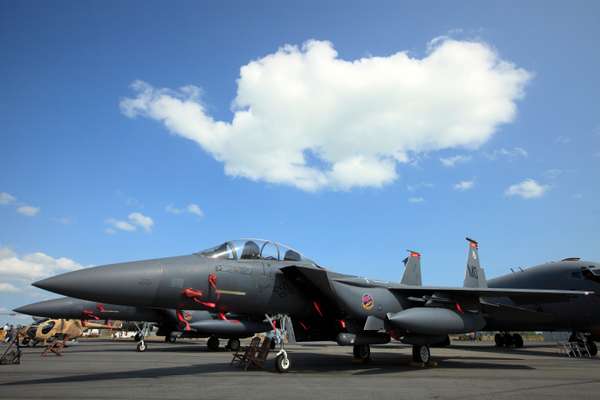
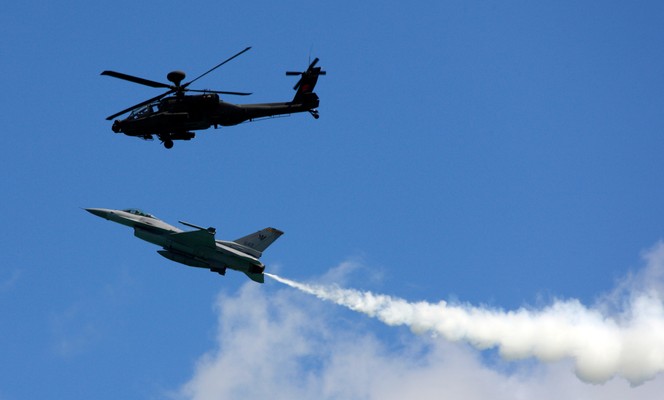
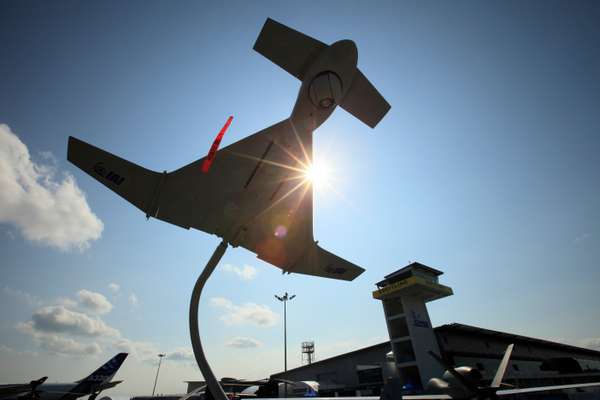


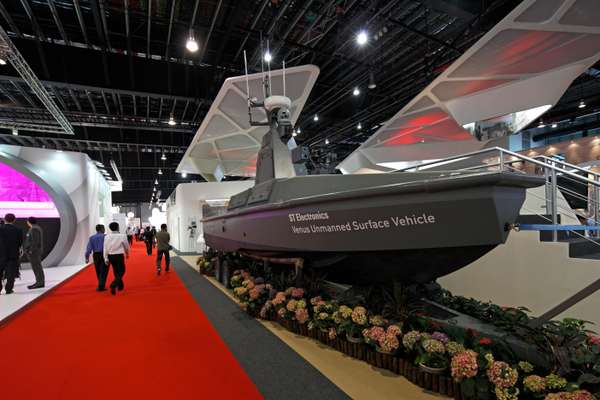
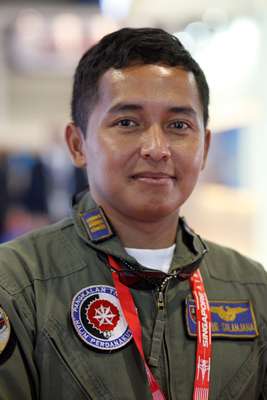
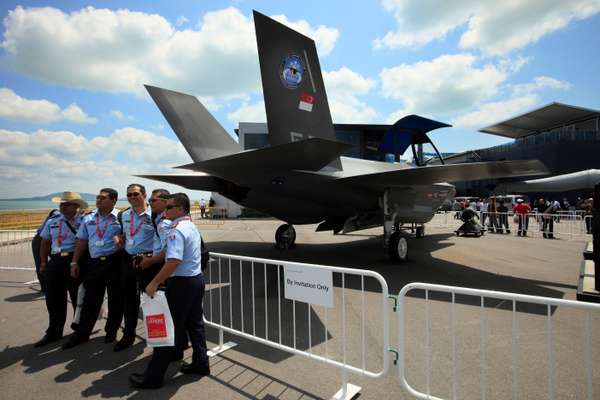
Asia is at the heart of the defence business’s ongoing realignment. Top-tier defence firms that once largely ignored the East are now scrambling to help wealthy Asian militaries recapitalise while their western counterparts wrestle with shrinking budgets. Several mid-sized companies that once had Asia to themselves could be heard complaining about the big players eyeing their turf.
Furthermore, war-fighting is changing so rapidly that buying military equipment now involves meticulous planning, if not a giant leap of faith. These changes were everywhere to see in the Changi International Exhibition and Convention centre: unmanned vehicles lined the displays in all shapes and sizes. The tasks that these pilotless aircraft, boats and vehicles are increasingly performing are the “dull, dirty and dangerous” kind, as Patrick Choy, of Singaporean defence firm ST Engineering, put it.
So while there was less to announce at Singapore than there was in the past, there was more to discuss. Most modern armed forces are aiming to become fully networked forces, operating a mix of unmanned systems alongside electronic and cyber warfare capabilities. As the array of new weapons on display amply demonstrated, the paths to realising a 21st-century military are many: choosing the right one will be costly, choosing the wrong one even more so.
The verdict
Dr Vladimir Sautov
Irkut Corporation, Russia
Russian military aircraft have always been popular in Asia, but the presence of first-timer Moscow-based giant Irkut at the Air Show demonstrated how fierce competition has become. “Singapore has exceeded our expectations – we have established many new relationships,” said Sautov, vice president for marketing and external relations.
Lt. Col. Sharath Bhat
Kaynes Technology, India
An electronics solutions firm based near Bangalore, Kaynes was another first-time exhibitor. “I came here with mixed feelings – the recession is over in India, but I thought confidence might still be low. But we are quite happy with the interest that people have shown here,” said Bhat.
Capt. Arie Sulanja
Indonesian Air Force
“I flew over here from Jakarta in the C-130 [Hercules transport aircraft] which I pilot,” said Sulanja. Having lost an ageing C-130 in one of several crashes last year, the Indonesian Air Force was looking to procure new planes. “We are very interested in US aircraft, especially new C-130s,” he said. “But we’re also interested in the A400M”, the rival European airlifter by Airbus Military.
The technology
US fighter jet
F-35 Lightning II Joint Strike Fighter (Lockheed Martin, US)
Lockheed Martin was in Singapore to bang the drum for its F-35, the fighter of the future. It already expects the US and eight partner nations to buy 3,100 F-35s – or around $250bn (€182bn) worth – over the next 30 years. Two more countries, Israel and Singapore, have registered an interest.
There’s just one problem: Lockheed is struggling to get the plane to work. On paper, the F-35 is unstoppable: a stealthy aircraft with a short take-off/vertical landing capability that can prey on land or aerial targets without ever being seen. But in practice, the technically ambitious F-35 has proved a development nightmare – schedules have slipped, budgets have spiralled and heads have rolled.
In Lockheed’s favour the US has cancelled the even more advanced but hugely expensive F-22 Raptor, so it has no other fighter to build. The F-35 will certainly happen; the only question is whether it will be timely and affordable.
Trainers
M-346 Master (Finmeccanica, Italy) and T-50 Golden Eagle (KAI, South Korea)
The defence equivalent of natural selection is being played out in what is essentially a life-and-death struggle between two newly developed aircraft. Both the Italian M-346 and the South Korean T-50 are advanced jet trainers designed to help finesse a new generation of fighter pilots; competing for the same contracts, they appear evenly matched.
Early success can be essential to gaining traction. The M-346 won a first head-to-head in the UAE last year and Singapore is expected to choose between the two aircraft shortly.
These early contracts are relatively small – but they provide important signposts to other potential buyers. The real prize is the chance to be the dominant trainer of the future and corner a market of many hundreds of aircraft: most importantly, the US Air Force is set to order hundreds of trainers, most likely one of these two, in around 2014.
USV
Venus (ST Engineering, Singapore)
Controlled remotely by a single operator from up to 10km away, the Venus unmanned surface vehicle is meant for surveillance, anti-submarine warfare and mine hunting. At only $1m (€730,000) for the platform, the Venus is certainly more expendable than a crewed ship. With an eight-hour endurance it is also applicable to coast guard duties or oil rig protection.
Drone
Heron TP UAV (IAI)
Israel Aerospace Industries’ latest offering is the Heron TP, a large pilotless drone that can carry a 1,000kg payload: enough for it to take surveillance equipment for ground mapping or target tracking. With a service ceiling of up to 45,000ft, the targets will never even know it was there. “Israel is the pioneer of this technology,” explains an IAI spokesman. Five western militaries are flying its UAVs in Afghanistan.
Chinese fighter jet
FC-1 and L-15 (AVIC, China)
The Chinese-built FC-1 fighter aircraft is technologically modest compared with the US’s futuristic F-35. But China’s aerospace industry is targeting a different market: air forces in Asia and Africa that are seeking a cheap but capable plane. Pakistan, China’s close ally which co-designed the FC-1, is also preparing to field the aircraft. China’s presence at the Singapore Air Show shows Chinese military aircraft can now hold their own in the international marketplace.


